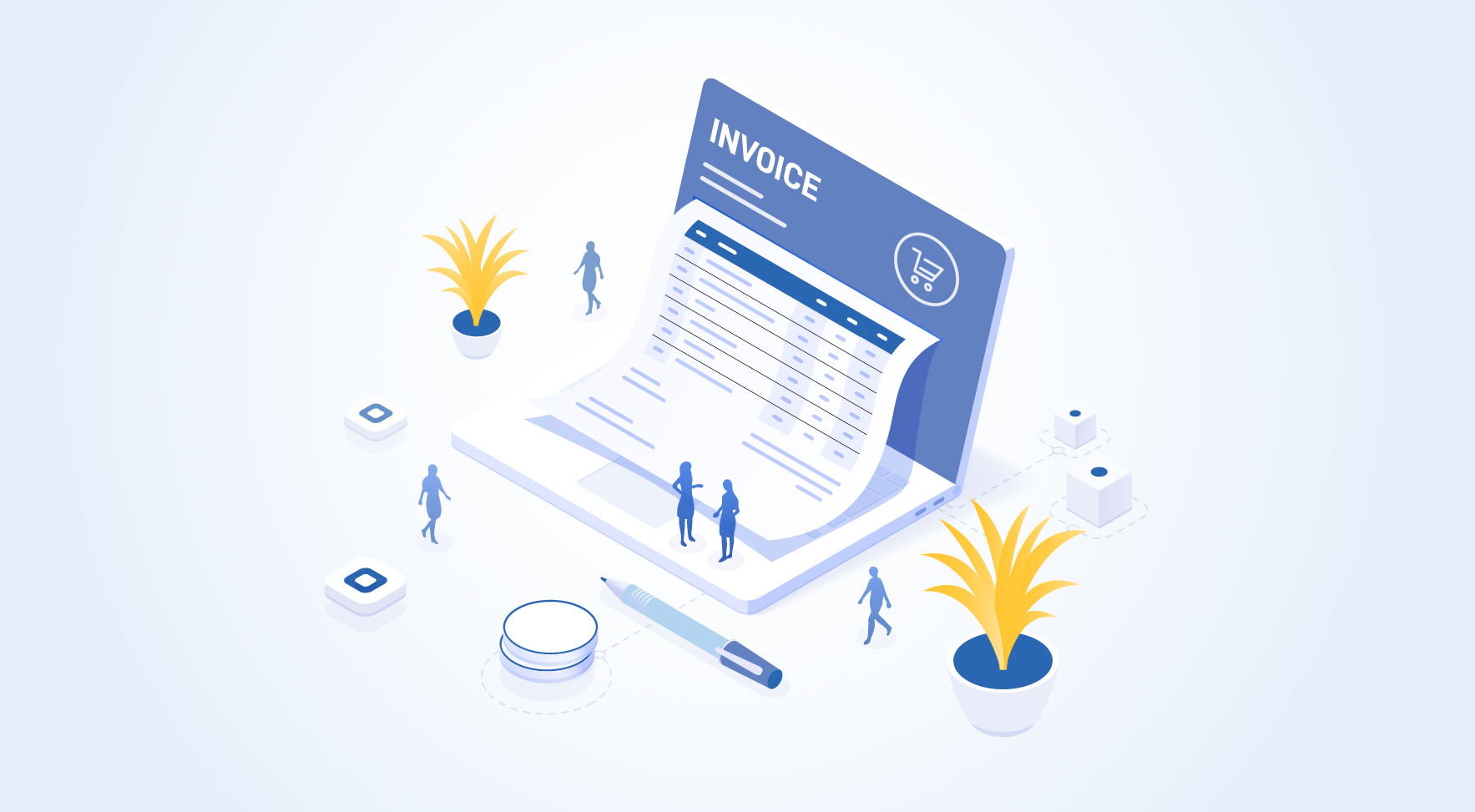Urmi Sengupta |Updated on: March 4, 2022
What is royalty in accounting?
What is royalty in accounting?
What is royalty in accounting? Royalty refers to the payment that is made to the owner of an asset or property for usage. Royalties enable another individual, who is not the original creator of the property or asset, to use the property in exchange for a payment or other terms. Generally, payments are made in the case where trademarks, copyrights, and patents are required by another individual. Royalties exist in different industries. Royalties have similar purpose where one individual owns the property and another has the license to use that property on stipulated terms.
Royalties involve a formal agreement and the owner is able to earn income through royalties. The terms of the royalties depend on the particular royalty. For example, in the case of books, royalties are based on how many books have been sold. For other royalties such as mineral properties, there are two ways in which royalties can be computed; based on the units produced or revenue. Sometimes, a royalty percentage is computed and then paid to the owner. All of these terms are specified in the agreement.
Royalties exist because they enable the owner to benefit from their work and their property. In a way, royalties can protect the owner of the property as they ensure the property is being used properly. There are two parties in royalties accounting; the lessor and the lessee. The lessor is the individual who is the owner of the asset. He is the one who gives the right to another individual to use the particular asset. An example of a lessor is an author who has written a novel. The lessee is the individual who purchases the right to the asset from the lessor. An example of a lessee is a book publisher.
Types of royalties
There are many different types of royalties and the most common ones are as follows.
Patents
People who create products patent their creation or products so that others need permission before they can use them. If someone else wishes to use the particular product then they need to pay for the royalties to the patent owner.
Minerals
Mineral extractors are required to pay the royalties to the owner of the property where they wish to extract the minerals. In this case, the royalties are based on the units such as tons of minerals or it is based on the revenue earned by selling the minerals.
Book
Book royalties are quite common. Publishers pay the author of the book royalties based on how many copies of the books were sold. There is an agreement in place that dictates how much royalty is to be paid to the author by the publisher.
Franchise
Another business owner may be interested in opening another branch of a business that exists. With the help of a franchisee, this becomes possible. A royalty must be paid directly to the franchisor to get the rights to open a franchisee.
Royalties accounting example
Before we get to the example, there are three terms used in this example which are associated with royalties in accounting; the minimum rent, short workings, and recoupment. The minimum rent refers to the amount that is paid to the owner regardless of how much production takes place or how much is sold by the individual. This is a fixed rate that is agreed upon by both parties in advance. When the rent is fixed such as in this case, it is known as dead rent or fixed rent too. However, in the example, we will refer to it as minimum rent.
The short workings refers to the difference between the actual royalty and the minimum rent. Short workings is not always available in the case of royalties. It is only mentioned when there is a mention of minimum rent. Short workings is also called redeemable dead rent. Recoupment of short workings is when the lessee is given an opportunity to recover any excess payment that he may have paid to the lessor as long as he has provided minimum rent in the previous years.
Back to the example. There are three times when both the lessor and lessee should include journal entries in the case of royalties. Using an example, let us see how the three situations will record the journal entries for both the lessor and the lessee.
Scenario
Mark owns a mine. He has an agreement with Mine Company where the minimum rent is $10,00,000 and the royalty charged is $200 per ton of production each month. In 2019, the production was 3000 tons, in 2020 the production was 5000 tons, and in 2021, the production was 7000 tons. Here is how each lessee and lessor will record these transactions.
Lessee’s entries
In the first case, the minimum rent is more than the actual royalty amount.
When the royalty is due this is how it is recorded in lessee’s books.
|
Royalties A/c Dr |
6,00,000 |
|
|
Short workings A/c Dr |
4,00,000 |
|
|
To Mark A/c |
|
10,00,000 |
|
(Being royalty and short workings due to Mark.) |
||
When the payment is being made this is how it is recorded in the lessee’s books.
|
Mark A/c Dr |
10,00,000 |
|
|
To Bank A/c |
|
10,00,000 |
|
(Being cash paid to Mark) |
||
This is the closing entry at the year-end that is recorded in the lessee’s books.
|
P&L A/c Dr |
10,00,000 |
|
|
To Royalty A/c |
|
10,00,000 |
|
(Being royalty transferred to P&L account) |
||
In the second case, the minimum rent amount is the same as the actual royalty amount and this is how the different entries will be for lessee.
When the royalty needs to be paid.
|
Royalties A/c Dr |
10,00,000 |
|
|
To Mark A/c |
|
10,00,000 |
|
(Being royalty due to Mark) |
||
When the payment is being recorded.
|
Mark A/c Dr |
10,00,000 |
|
|
To Bank A/c |
|
10,00,000 |
|
(Being cash paid to Mark.) |
||
The closing entry at the end of year.
|
P&L A/c Dr |
10,00,000 |
|
|
To Royalty A/c |
|
10,00,000 |
|
(Being royalty transferred to P&L A/c) |
||
In the third case, when the actual royalty amount exceeds the minimum rent and short working is recouped, then the entries will look like this for lessee.
This entry is made when the royalty payment is due.
|
Royalties A/c Dr |
14,00,000 |
|
|
To Mark A/c Dr |
|
14,00,000 |
|
(Being royalty due to Mark.) |
||
This is the entry when the payment is made and recouping short working.
|
Mark A/c Dr |
14,00,000 |
|
|
To Bank A/c |
|
10,00,000 |
|
To Short working A/c |
|
4,00,000 |
|
(Being cash paid to Mark and Short Working recouped) |
||
This is the closing entry at the year-end along with the short working unrecouped.
|
P&L A/c Dr |
14,00,000 |
|
|
To Royalty A/c |
|
10,00,000 |
|
To Short Working A/c |
|
4,00,000 |
|
(Being royalty and short working transferred to P&L A/c) |
||
Lessor’s entries
In the first case, when the minimum rent is more than the actual royalty amount this is how the entry will look for the lessor.
When the royalty is due this is how it is recorded.
|
Mine Company |
10,00,000 |
|
|
To Royalties A/c |
|
6,00,000 |
|
To Short Workings A/c |
|
4,00,000 |
|
(Being royalty and short workings that are to be received from Mine Company.) |
||
When the payment is being made this is how it is recorded.
|
Bank A/c Dr |
10,00,000 |
|
|
To Mine Company |
|
10,00,000 |
|
(Being cash received from Mine Company.) |
||
This is the closing entry at the year end.
|
Royalty A/c Dr |
10,00,000 |
|
|
To P&L A/c |
|
10,00,000 |
|
(Being royalty credited to P&L A/c.) |
||
In the second case when the minimum rent amount is the same as the actual royalty amount, this is how the entries will be for lessor.
When the royalty needs to be paid.
|
Mine Company |
10,00,000 |
|
|
To Royalties A/c |
|
10,00,000 |
|
(Being royalty received from Mine Company.) |
||
When the payment is being recorded.
|
Bank A/c Dr |
10,00,000 |
|
|
To Mine Company |
|
10,00,000 |
|
(Being cash received from Mine Company.) |
||
The closing entry at the end of year.
|
Royalty A/c Dr |
10,00,000 |
|
|
To P&L A/c |
|
10,00,000 |
|
(Being royalty credited to P&L A/c.) |
||
In the third case when the actual royalty amount exceeds the minimum rent and short working is recouped then the entries will look like this for lessor.
This entry is made when the royalty payment is due.
|
Mine Company |
14,00,000 |
|
|
To Royalties A/c |
|
14,00,000 |
|
(Being royalty received from Mine Company.) |
||
This is the entry when the payment is made and recouping short working.
|
Bank A/c Dr |
10,00,000 |
|
|
Short Working A/c Dr |
4,00,000 |
|
|
To Mine Company |
|
14,00,000 |
|
(Being cash received from Mine Company and Short Working recouped.) |
||
This is the closing entry at the year-end along with the short working unrecouped.
|
Royalty A/c Dr |
10,00,000 |
|
|
Short Working A/c Dr |
4,00,000 |
|
|
To P&L A/c |
|
14,00,000 |
|
(Being royalty credited to P&L A/c and short working transferred.) |
||
Use TallyPrime for accounting
TallyPrime is a business management software that has been made for MSMEs to make accounting easy. It has a plethora of features that make it a complete tool to manage your business from one place. You can record your transaction, generate insightful reports, and perform complex calculations to get information about a certain aspect of your business. Whether you need a business overview or you want to go into details, TallyPrime can do it all. It has salient features such as invoicing, payroll processing, banking, credit management, and much more.
Latest Blogs

Key Highlights for MSMEs from Union Budget 2024

Vulnerability Assessment and Penetration Testing: Essential for Organizational Security Beyond Compliance

GST e-Invoice Mandate: Including 6-Digit HSN for Wholesale Tax

TallyPrime on AWS – The Best Cloud Accounting Software

Top Causes of GST Notices Demystified

e-Invoicing and Cash Flow Management Strategies to Optimize Financial Processes


